Outer Space & Universe
Outer Space & Universe
Space, also known as outer space, is the near-vacuum between celestial bodies. It is where everything (all of the planets, stars, galaxies and other objects) is found.
On Earth, space begins at the Kármán line (100 km above sea level). This is where Earth's atmosphere is said to stop and outer space begins. This is not a firm boundary but is a convention used by scientists and diplomats.
Items in space are free to move back and forth; up and down; and left and right. These three dimensions are what make 3D space. Items also move forward through time, which is sometimes called the fourth dimension.
The majority of space contains very little matter and so most of it is a vacuum. Scientists do not know how big space is but we do know that space is extremely big, and is always expanding.
According to the big bang theory, all matter and energy in the Universe was compressed into a very small space. Then it exploded and started expanding. Space is still growing in size today; this means the distance from one galaxy to distant galaxies is getting longer.
Gravity is the force that keeps the Moon in orbit around the Earth and the planets in orbit around the Sun. Gravity can stretch and bend space similar to how a heavy ball placed on a stretched sheet of rubber will cause the rubber to stretch. The scientist who discovered that space can bend is named Albert Einstein. How gravity bends space is part of his theory of general relativity.
Astronauts, Cosmonauts, Taikonauts and Spationauts
An astronaut is any person who is trained by NASA to travel and perform tasks in space. Although the space traveler may not necessarily be a United States citizen, each astronaut does go through a rigorous training regiment by the National Aeronautics and Space Administration. Other space travelers go by other names then astronaut depending on their country of origin.
In the United States, astronaut is derived from the Greek words ástron (star) and nautis (sailor). While, in Russia, a space traveler goes by the name космонавт (English: cosmonaut), which is derived from the Greek words kosmos (universe) and nautis (sailor). Westerners call a space traveler from China a taikonaut, based on the 1998 writings of Chiew Lee Yik and Chen Lan where the term tàikōng (great emptiness), Chinese for “space”. In China, the term yuháng yuán (universe navigator) is used for space traveler.
Only the United States of America (United States), Russia (earlier, the Union of Soviet Socialist Republics), and the People’s Republic of China (China) have sent manned spacecraft into space. Other countries have assisted these countries by sending their own space travelers on space missions. For instance, a French space traveler is called a spationaut (from the French word spationaute), which is derived from the Latin spatium (space) and Greek nautis (sailor). (plural in Greek nautes = sailors)
-
05:56
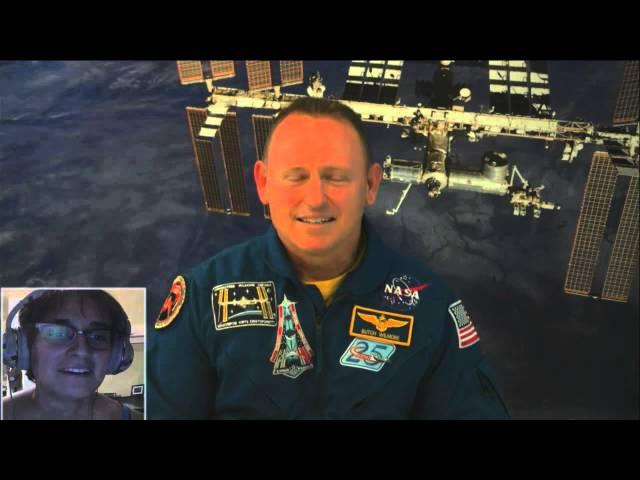
Shuttle Mission vs. 6-Month ISS Stay: NASA Astronaut Explains | Video
Added 720 Views / 0 LikesShuttle Mission vs. 6-Month ISS Stay: NASA Astronaut Explains | Video
-
00:25
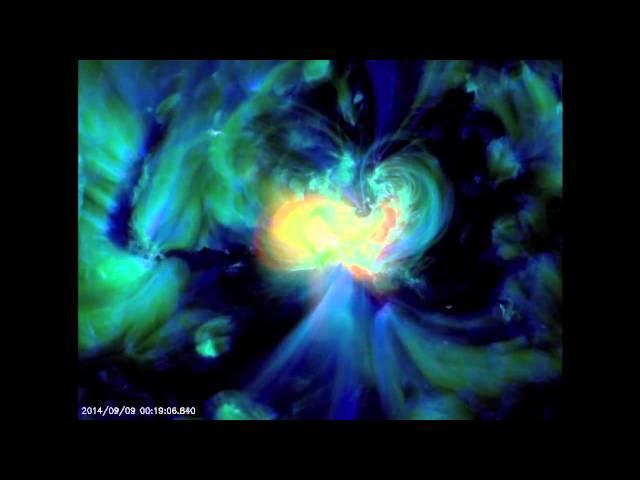
Mid-Sized Solar Flare Blasts CME, Possibly Earth-Bound | Video
Added 736 Views / 0 LikesMid-Sized Solar Flare Blasts CME, Possibly Earth-Bound | Video
-
01:27
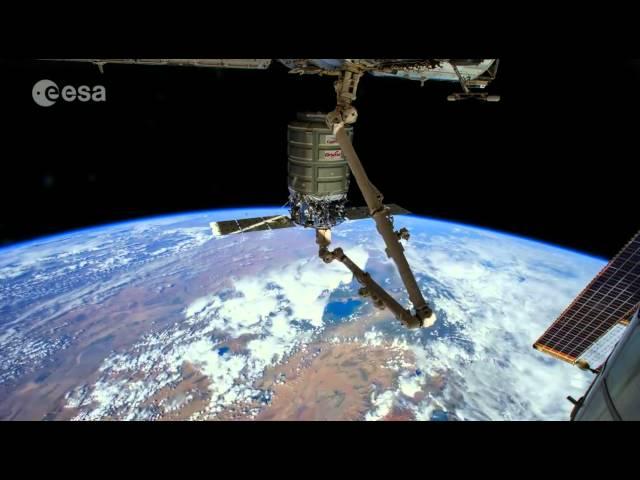
Earth From ISS: Stunning Time-Lapse Video From Astronaut Photos
Added 818 Views / 0 LikesEarth From ISS: Stunning Time-Lapse Video From Astronaut Photos
-
01:05
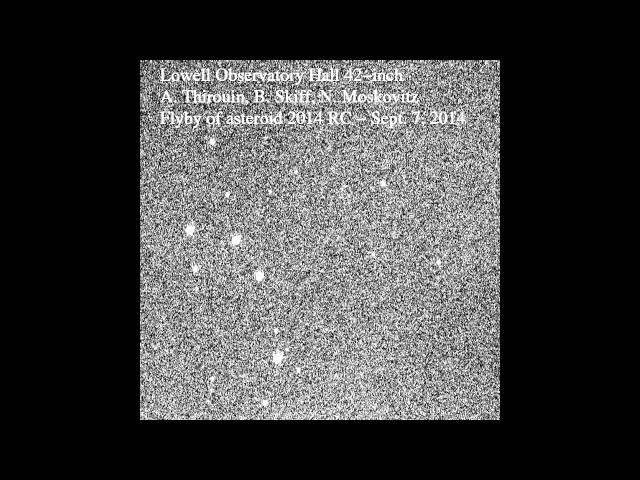
Asteroid 2014 RC's Close Fly-By Snapped By Lowell Observatory | Video
Added 632 Views / 0 LikesAsteroid 2014 RC's Close Fly-By Snapped By Lowell Observatory | Video
-
00:39

Spacecraft's 'Fireball' Re-Entry Snapped By Space Station | Video
Added 783 Views / 0 LikesSpacecraft's 'Fireball' Re-Entry Snapped By Space Station | Video
-
03:40
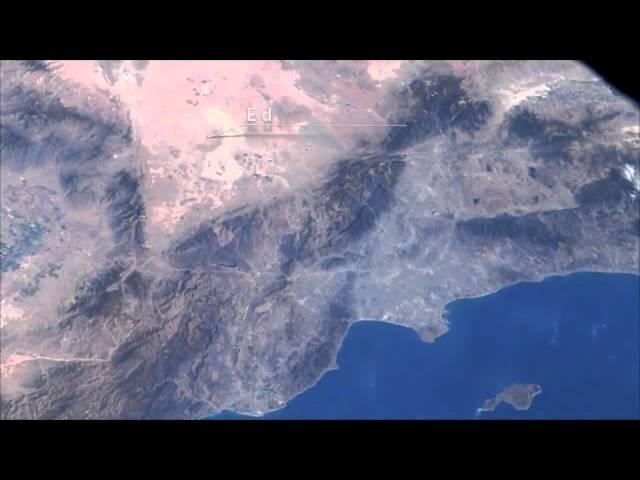
Astronaut Tour Guides: U.S. and Europe Fly-Over | Video
Added 717 Views / 0 LikesAstronaut Tour Guides: U.S. and Europe Fly-Over | Video
-
03:28
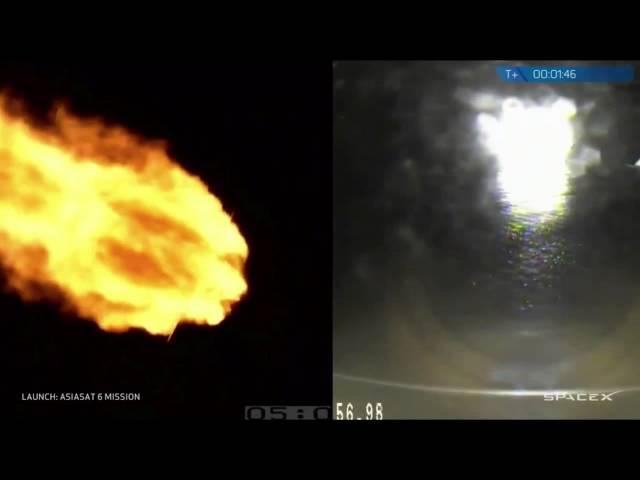
SpaceX Launches AsiaSat 6 Satellite | Video
Added 697 Views / 0 LikesSpaceX Launches AsiaSat 6 Satellite | Video
-
00:57

3-D Printed Rocket Injector Test Fired By NASA | Video
Added 706 Views / 0 Likes3-D Printed Rocket Injector Test Fired By NASA | Video
-
01:51
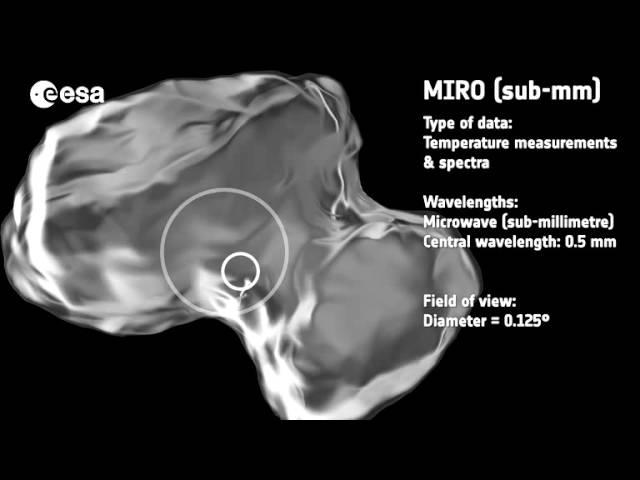
Probing A Comet - Tools Rosetta Is Using | Video
Added 624 Views / 0 LikesProbing A Comet - Tools Rosetta Is Using | Video
-
04:08
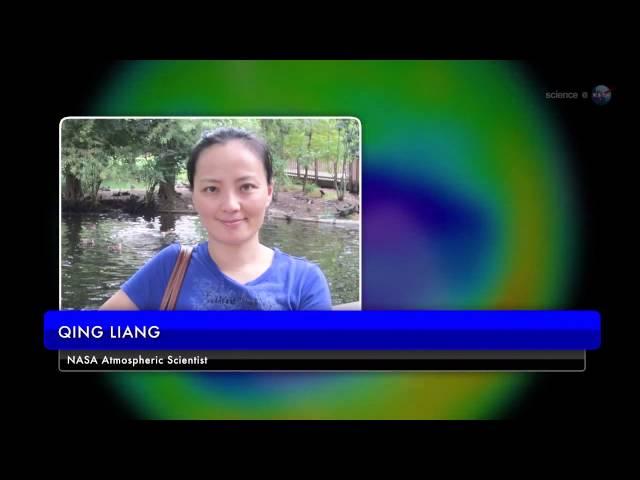
Ozone Depleting Substance Still Present in Atmosphere | Video
Added 725 Views / 0 LikesOzone Depleting Substance Still Present in Atmosphere | Video
-
01:15
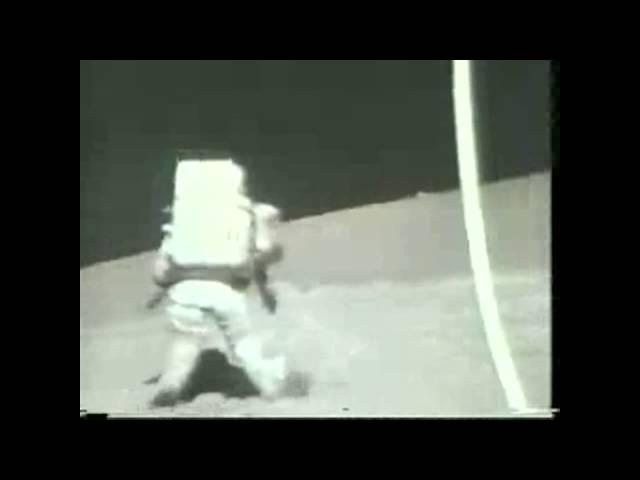
Apollo 17 Astronaut Falls on the Moon | Video
Added 705 Views / 0 LikesApollo 17 Astronaut Falls on the Moon | Video
-
04:18

How Global Precipitation Satellites' Data Is Delivered and Translated | Video
Added 644 Views / 0 LikesHow Global Precipitation Satellites' Data Is Delivered and Translated | Video
-
01:32
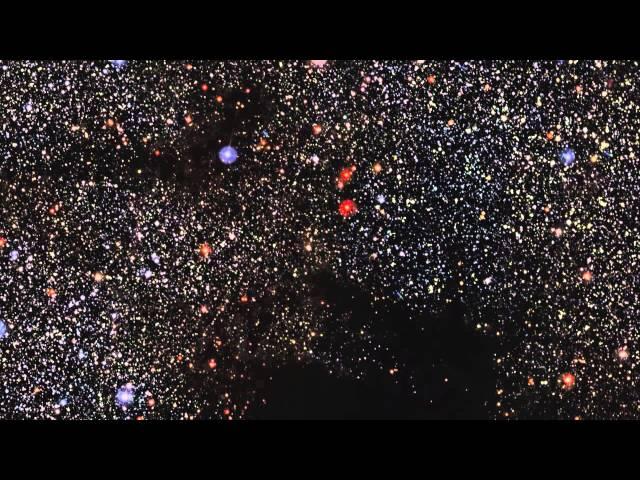
Dark 'Blob' of Gas and Dust Spied by Powerful Telescope | Video
Added 715 Views / 0 LikesDark 'Blob' of Gas and Dust Spied by Powerful Telescope | Video
-
01:12
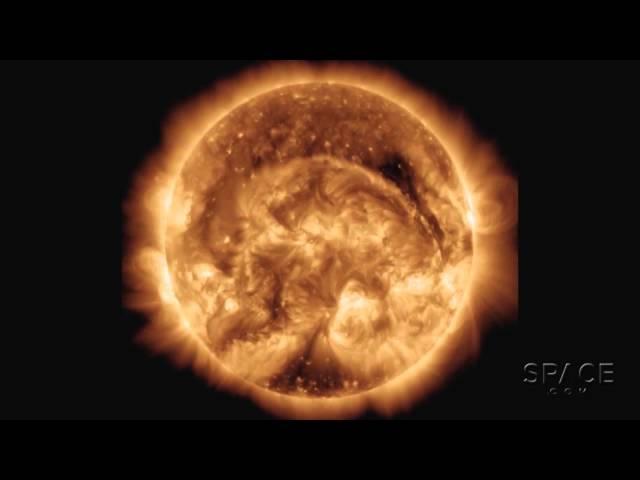
Gigantic Solar Filament Eruption May Be Earth-Directed | Video
Added 789 Views / 0 LikesGigantic Solar Filament Eruption May Be Earth-Directed | Video
-
00:54
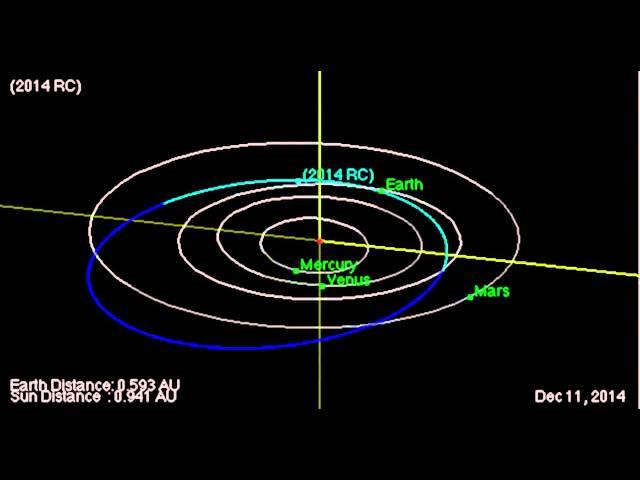
60-Foot Asteroid To Give Earth Very Close Shave | Orbit Animation
Added 827 Views / 0 Likes60-Foot Asteroid To Give Earth Very Close Shave | Orbit Animation
-
01:01
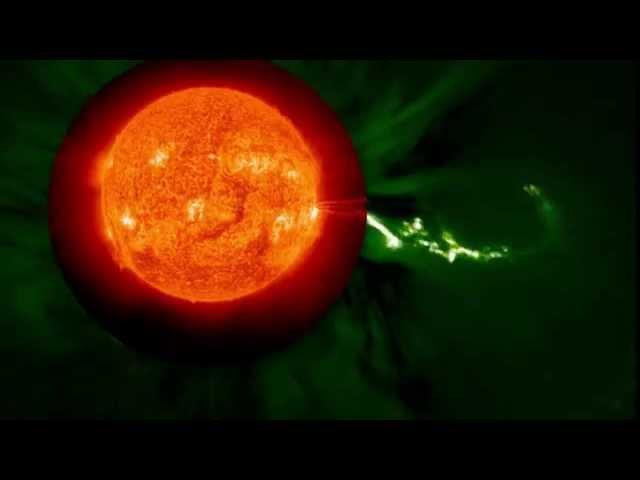
Spectacular August Solar Flare - Wide View From NASA | Video
Added 701 Views / 0 LikesSpectacular August Solar Flare - Wide View From NASA | Video
-
02:36
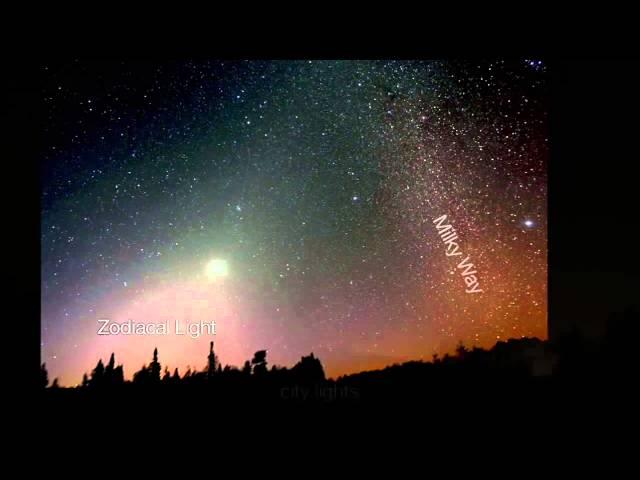
Unusual 'Pyramid Of Light' Brightens September 2014 Skywatching | Video
Added 576 Views / 0 LikesUnusual 'Pyramid Of Light' Brightens September 2014 Skywatching | Video
-
06:12
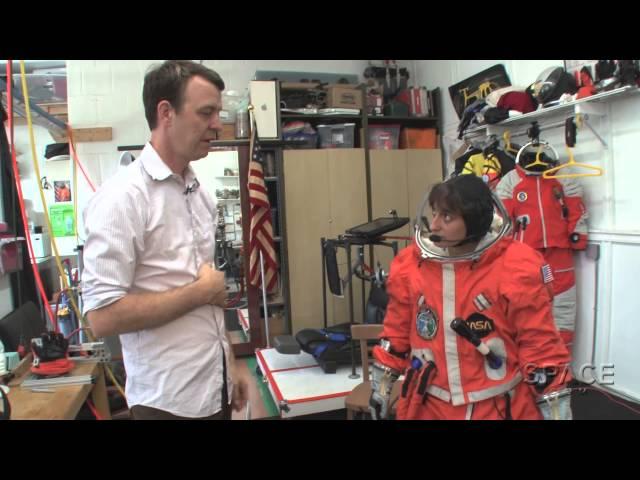
How To Try On A Real Spacesuit -- In Brooklyn | Video
Added 672 Views / 0 LikesHow To Try On A Real Spacesuit -- In Brooklyn | Video
-
00:54
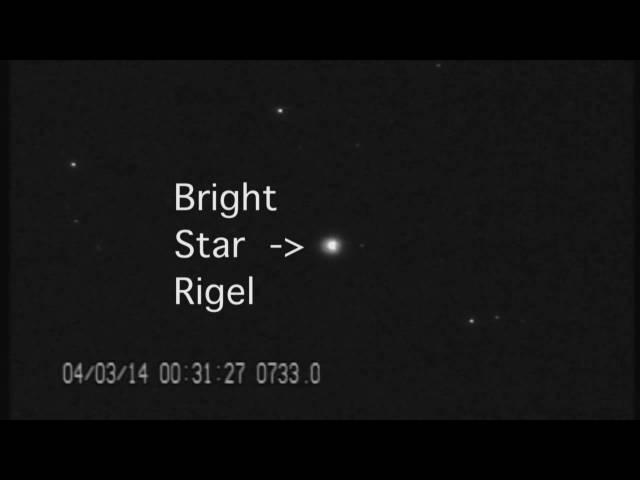
Secretive Space Plane Passes Moon and Rigel in Night Sky | Video
Added 749 Views / 0 LikesSecretive Space Plane Passes Moon and Rigel in Night Sky | Video
-
07:21
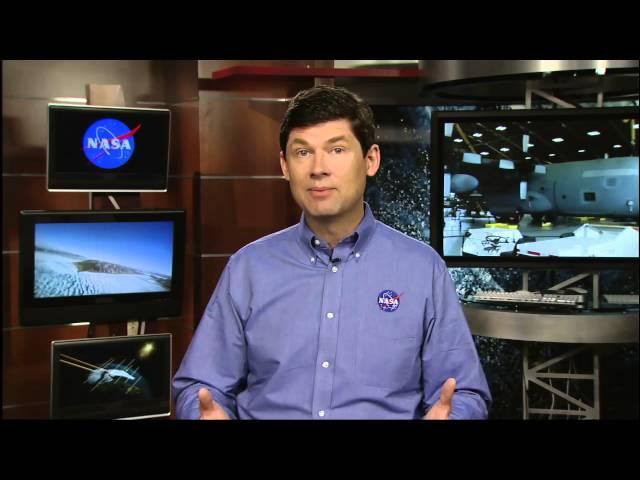
Two-Thirds Of Arctic Sea Ice Lost Since 1980's - NASA Explains | Video
Added 654 Views / 0 LikesTwo-Thirds Of Arctic Sea Ice Lost Since 1980's - NASA Explains | Video
